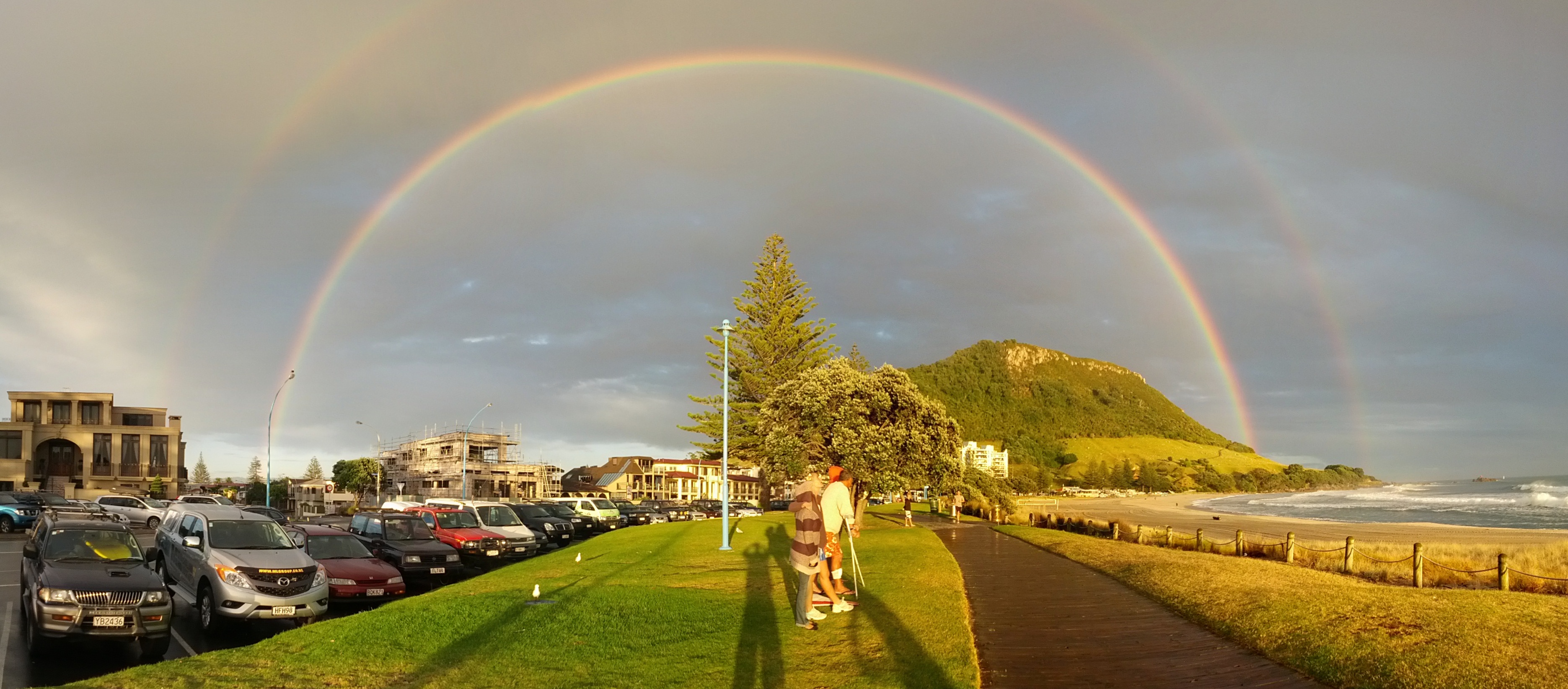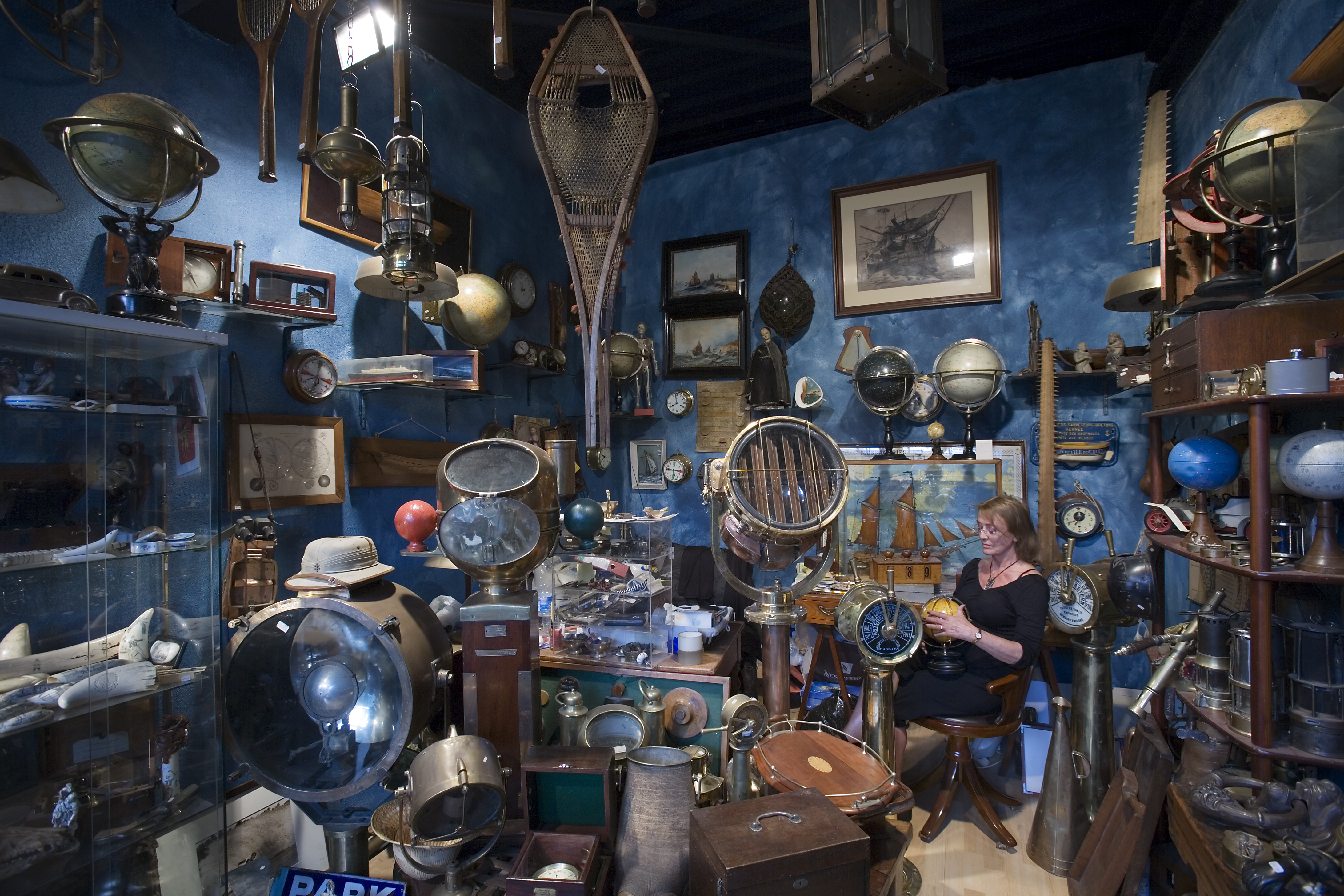10 Real Buildings That Look Like They’re from a Sci-Fi Movie
In the realm of architecture, imagination knows no bounds. The evolution of architectural design has seen structures that defy conventional aesthetics, often drawing inspiration from realms that exist beyond our current reality—science fiction. These buildings are not just feats of engineering; they are manifestations of creativity that blur the lines between the possible and the fantastical. As we delve into this exploration, we will journey through 10 remarkable buildings that embody this fusion of futuristic design and architectural innovation. Each structure tells a story of human ingenuity and the relentless pursuit of pushing boundaries, offering a glimpse into what our world could become. This article will guide you through these architectural marvels, each a testament to the power of imagination and the potential of our built environment to inspire awe and wonder.
1. The Gherkin, London: A Modern Marvel
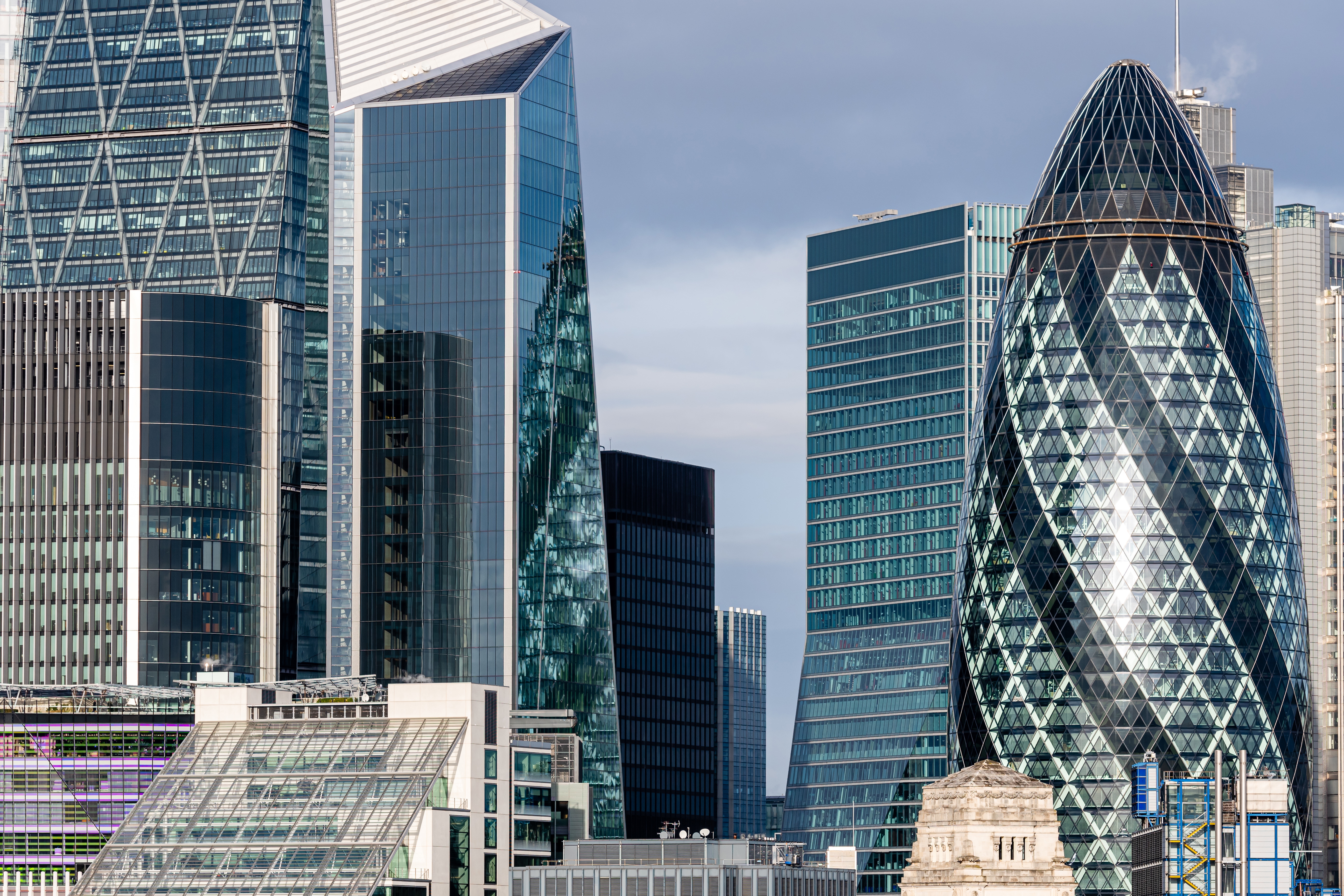
30 St Mary Axe, affectionately known as "The Gherkin," stands as a testament to modern architectural prowess in the heart of London. Designed by Norman Foster, this commercial skyscraper is a masterpiece of sustainable architecture. Its unique design minimizes energy consumption, utilizing natural ventilation and maximizing natural light. The Gherkin's futuristic silhouette, characterized by its spiraling glass and steel façade, reflects London's skyline while setting a benchmark for eco-friendly design. This building exemplifies how futuristic aesthetics can seamlessly integrate with functionality, providing a blueprint for future urban architecture. As we explore its design, we see how The Gherkin's innovative approach to sustainability and aesthetics positions it as a beacon of forward-thinking architecture.
2. The Lotus Temple, New Delhi: Spiritual and Structural Harmony
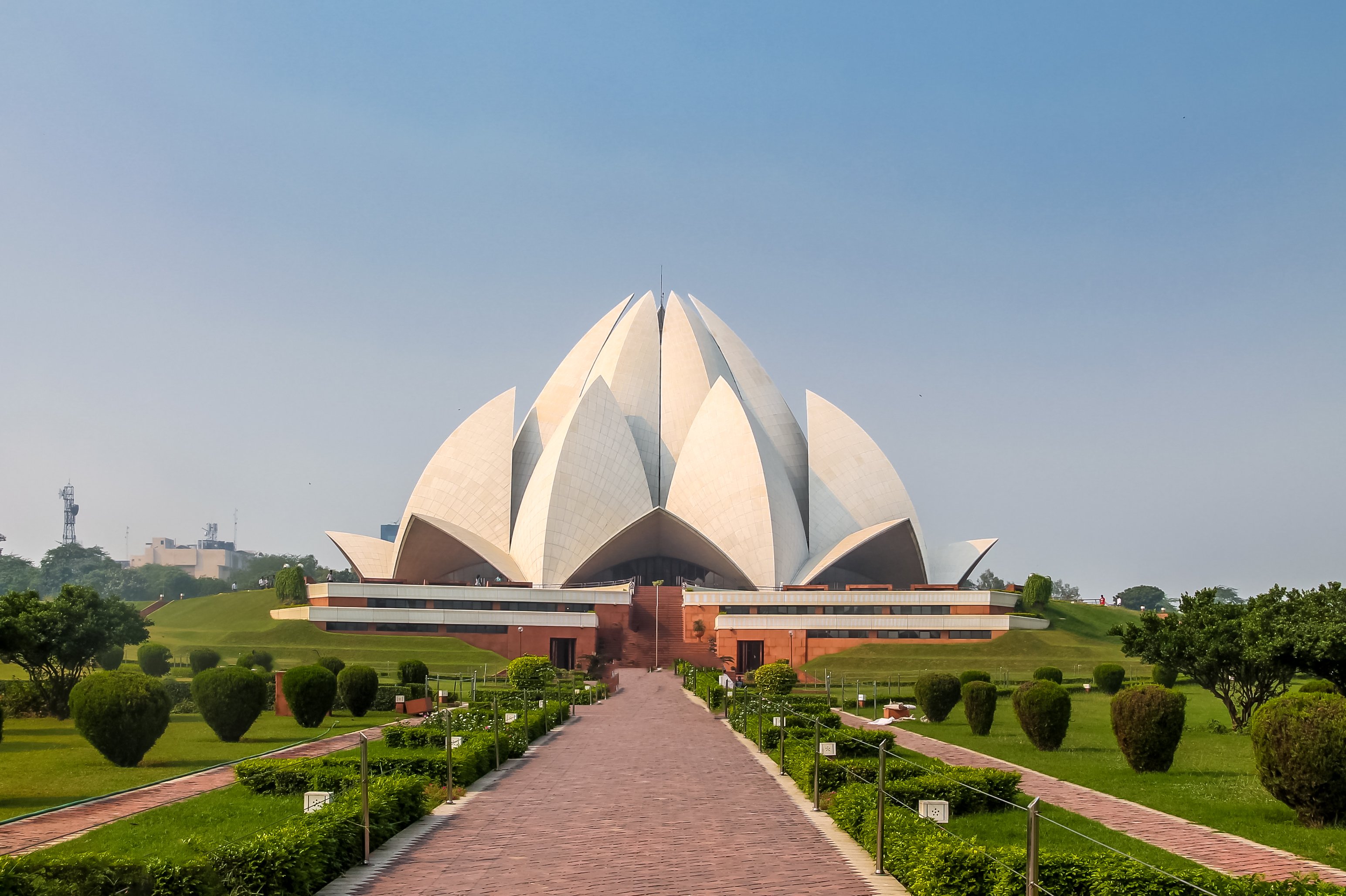
The Lotus Temple in New Delhi is a marvel of architectural design, drawing inspiration from the sacred lotus flower. This Bahá'í House of Worship is not only a place of spiritual solace but also an engineering wonder. Its petal-like structure, composed of 27 free-standing marble-clad "petals," forms nine sides, creating a breathtaking symmetry that mirrors the delicate beauty of its floral muse. The temple’s design symbolizes unity and harmony, reflecting the Bahá'í faith's principles. The Lotus Temple's innovative use of natural light and ventilation showcases how traditional spiritual values can be embodied in contemporary architectural forms, bridging the gap between ancient symbolism and modern design.
3. The Eden Project, Cornwall: A Biosphere of Innovation

Nestled in a reclaimed clay pit in Cornwall, the Eden Project is a pioneering example of sustainable architecture and environmental stewardship. This complex of biomes houses a diverse collection of plant species from around the globe, each biome representing a different climate. The iconic geodesic domes are constructed from hexagonal and pentagonal, inflated, plastic cells supported by steel frames. This design not only maximizes light and space but also minimizes energy consumption. The Eden Project is a living laboratory for ecological research and education, demonstrating how futuristic design can coexist with and support natural ecosystems. It is a testament to the potential of architecture to foster a deeper connection with the natural world.
4. The Kunsthaus Graz, Austria: A Blob of Innovation
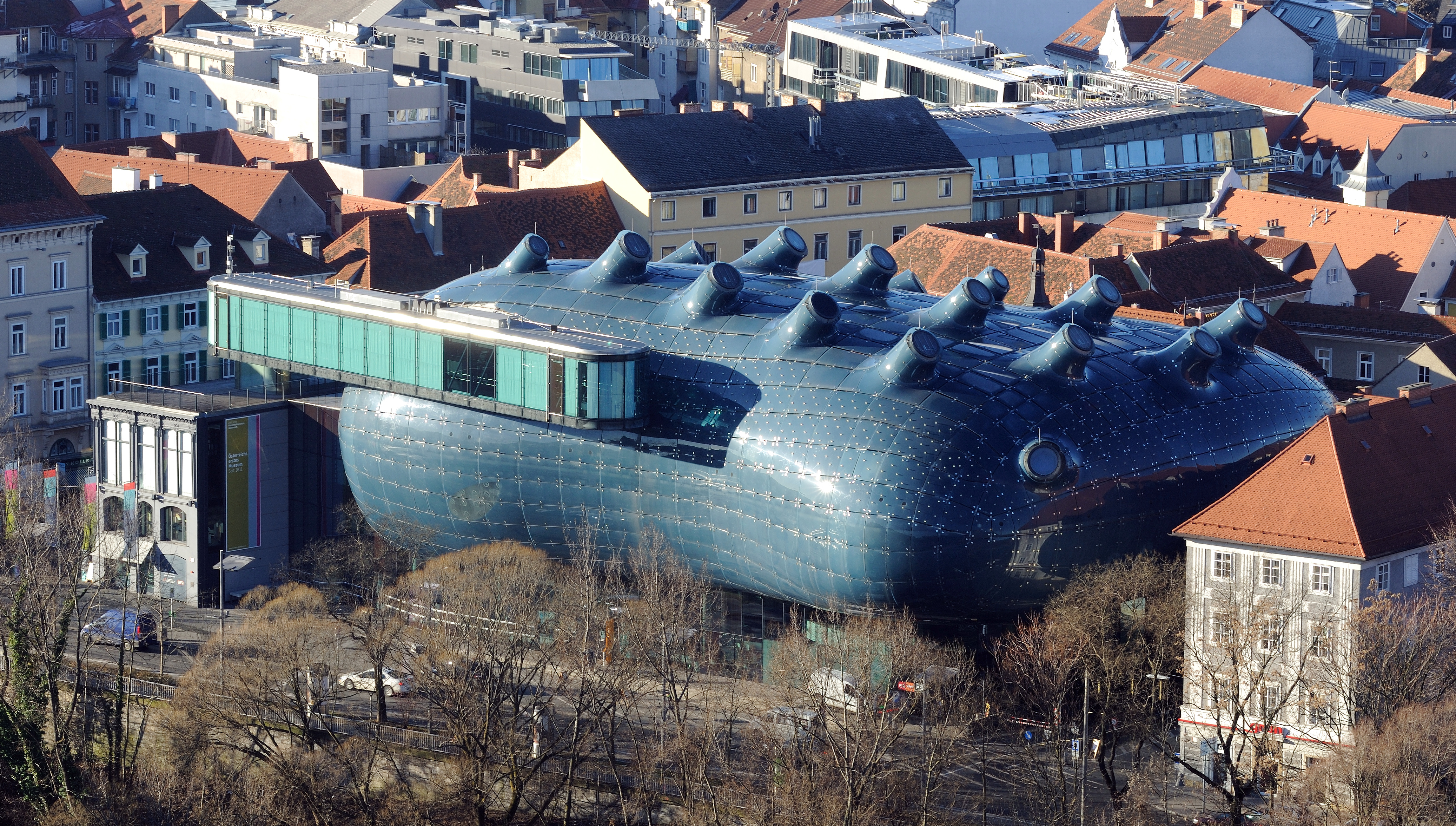
The Kunsthaus Graz, known locally as the "Friendly Alien," is a radical departure from traditional architectural forms. Designed by architects Peter Cook and Colin Fournier, this contemporary art museum in Austria challenges perceptions with its biomorphic shape and innovative use of materials. The building’s amorphous design is clad in blue acrylic panels that can be illuminated in various patterns, creating a dynamic façade that interacts with its environment. The Kunsthaus Graz embodies the principles of blob architecture, a movement that embraces fluid forms and organic shapes. This structure is a bold statement on the potential of architecture to transcend conventional aesthetics, offering a glimpse into a future where buildings are as dynamic and expressive as the art they house.
5. The Burj Khalifa, Dubai: Soaring to New Heights

The Burj Khalifa in Dubai is not just a skyscraper; it is a symbol of human ambition and engineering excellence. Standing at a staggering 828 meters, it holds the title of the tallest building in the world. Designed by Adrian Smith of Skidmore, Owings & Merrill, the Burj Khalifa's design is inspired by the Hymenocallis flower, with a triple-lobed footprint that optimizes structural integrity. The building’s spire-like form tapers elegantly, creating a sleek silhouette that dominates the Dubai skyline. The Burj Khalifa is a marvel of modern engineering, incorporating cutting-edge technologies in its construction and design. It represents the pinnacle of architectural achievement, pushing the boundaries of what is possible in skyscraper design.
6. The Sagrada Família, Barcelona: A Visionary's Dream
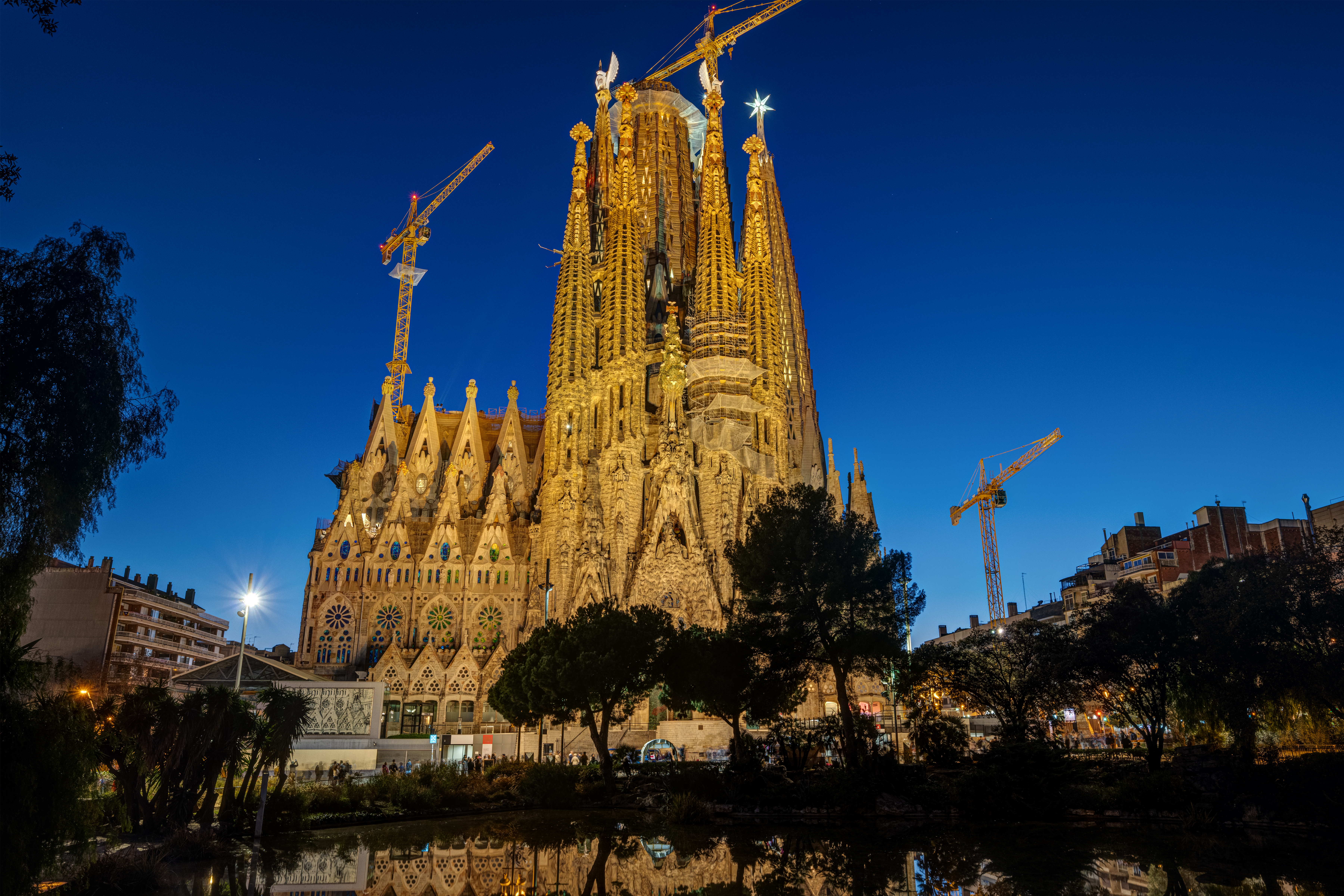
The Sagrada Família in Barcelona is a masterpiece of architectural vision and devotion. Designed by the legendary architect Antoni Gaudí, this basilica has been under construction since 1882, with completion anticipated in the coming years. Gaudí's design is a fusion of Gothic and Art Nouveau styles, characterized by its intricate facades and towering spires. The Sagrada Família is a testament to Gaudí's innovative use of geometry and natural forms, creating a structure that is both otherworldly and deeply rooted in spiritual symbolism. This architectural wonder embodies the idea that buildings can be living entities, evolving over time while retaining their original vision and purpose.
7. The Seattle Central Library: A Transparent Fortress
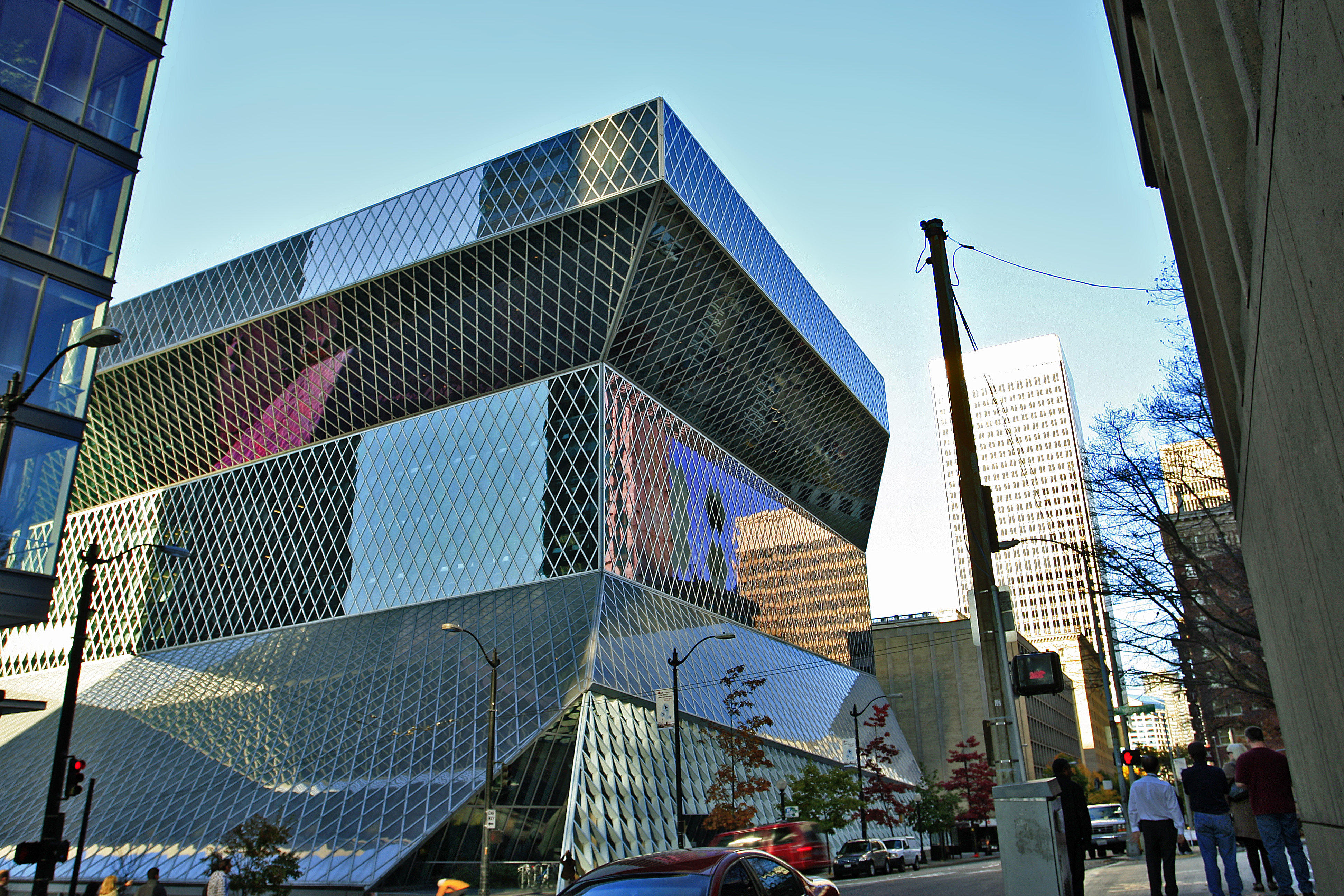
The Seattle Central Library, designed by Rem Koolhaas and Joshua Prince-Ramus, is a beacon of modern library design. Its unconventional shape, characterized by a series of overlapping platforms and a striking glass and steel façade, challenges traditional notions of library architecture. The building's transparent exterior invites the city in, while its innovative interior layout redefines the library experience, emphasizing accessibility and flexibility. The Seattle Central Library is a testament to the role of architecture in shaping public spaces, demonstrating how design can enhance the functionality and appeal of civic buildings. It is a reminder of the power of architecture to transform everyday experiences into extraordinary encounters.
8. The Marina Bay Sands, Singapore: A Skyline Defined
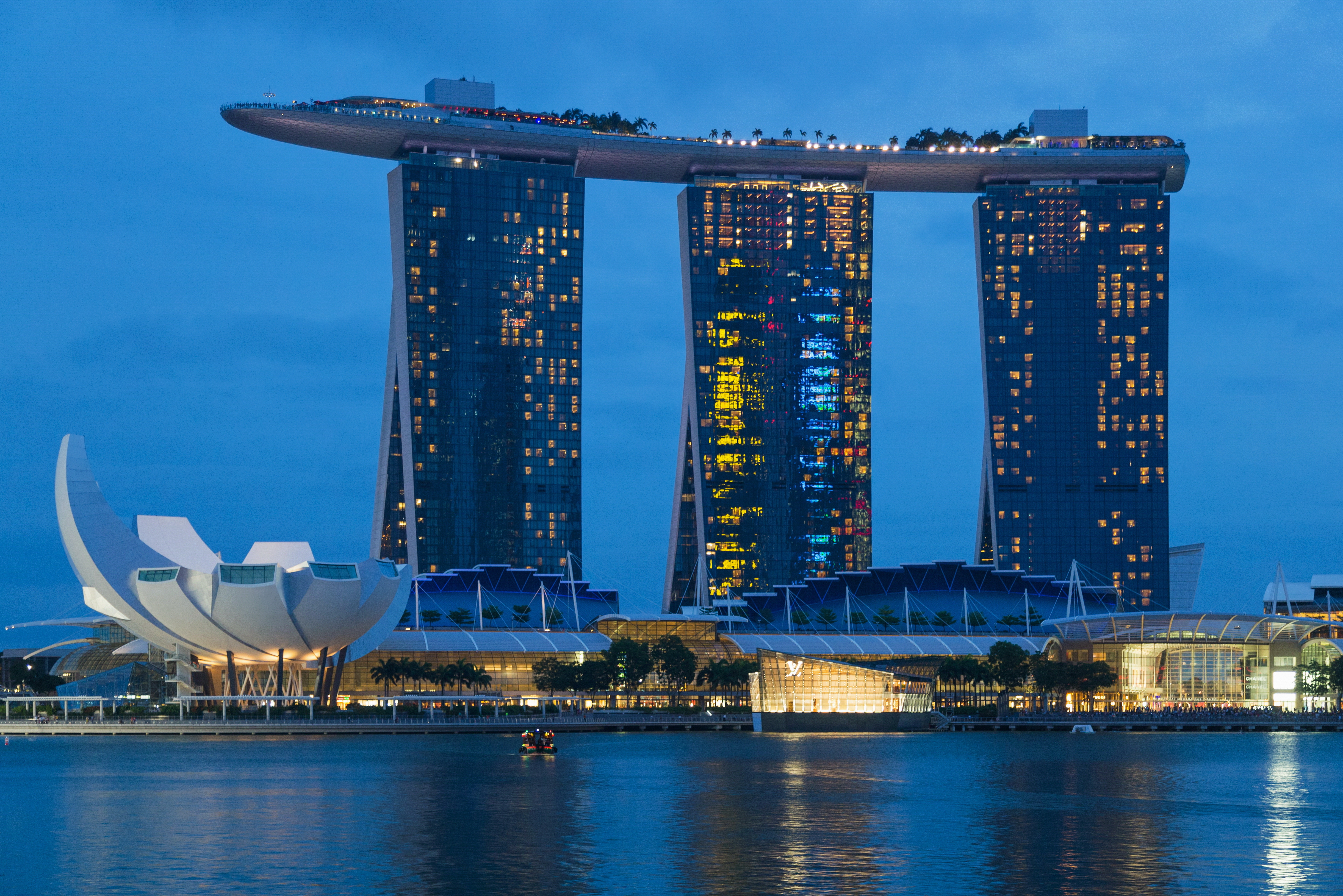
The Marina Bay Sands in Singapore is an architectural icon, defining the city's skyline with its distinctive silhouette. Designed by Moshe Safdie, this integrated resort features three 55-story towers topped by the SkyPark, a cantilevered platform that spans the length of the towers. The design draws inspiration from a deck of cards, symbolizing balance and harmony. The Marina Bay Sands combines luxury and leisure with its hotel, casino, and entertainment offerings, creating a self-contained urban oasis. This architectural wonder is a testament to the potential of design to create spaces that are both visually stunning and functionally versatile, embodying the spirit of innovation that defines Singapore.
9. The Harbin Opera House, China: A Symphony of Form
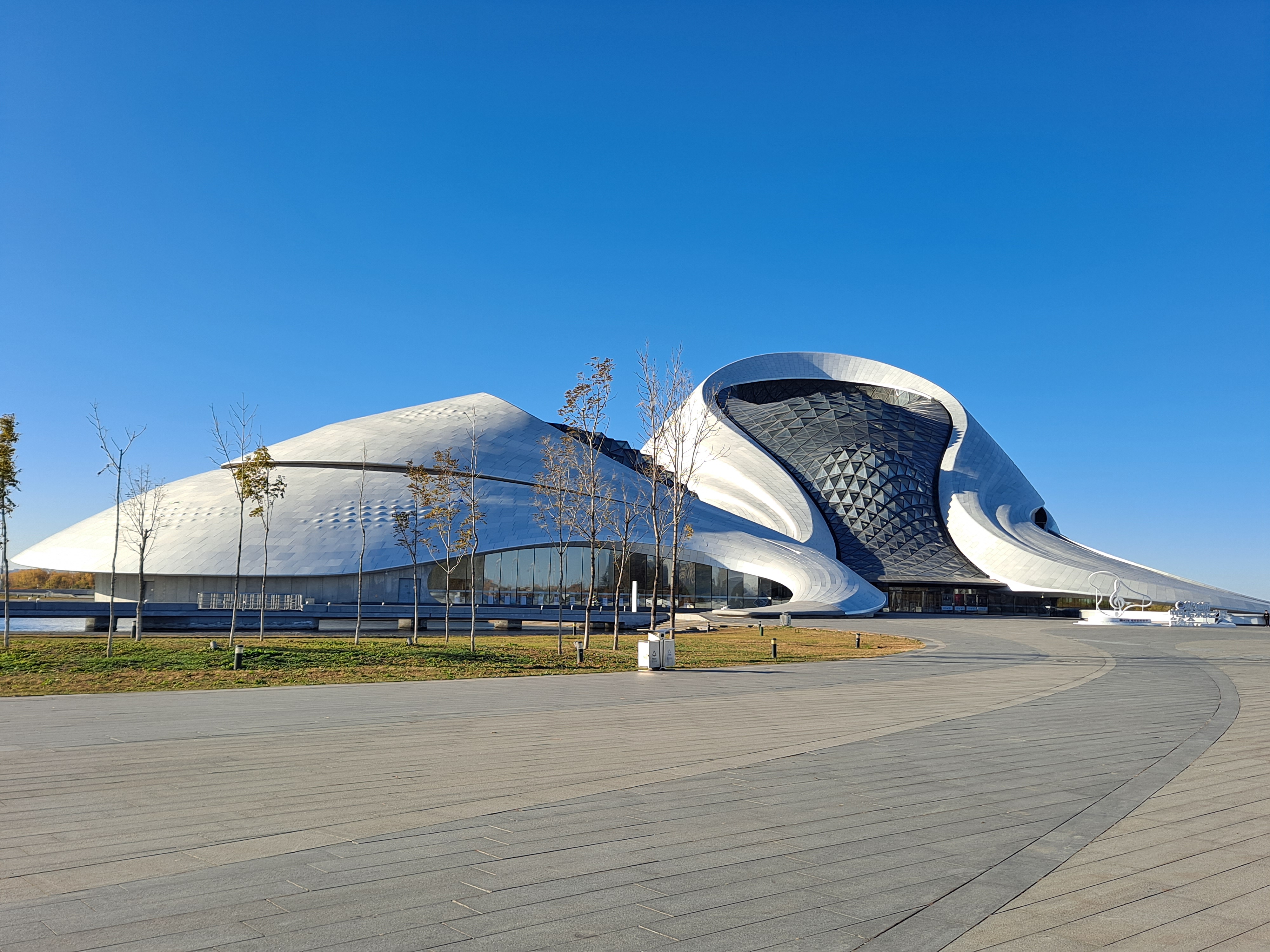
The Harbin Opera House in China is a masterpiece of contemporary architecture, designed by MAD Architects to harmonize with its natural surroundings. The building's fluid form, inspired by the undulating landscape of the surrounding wetlands, creates a seamless connection between the structure and its environment. The opera house's exterior is clad in white aluminum panels that reflect the changing light, while its interior features warm wood tones that create an inviting atmosphere. The Harbin Opera House is a testament to the power of architecture to transcend cultural boundaries, creating spaces that inspire and uplift the human spirit through their beauty and harmony.
10. The Heydar Aliyev Center, Baku: A Curvilinear Wonder
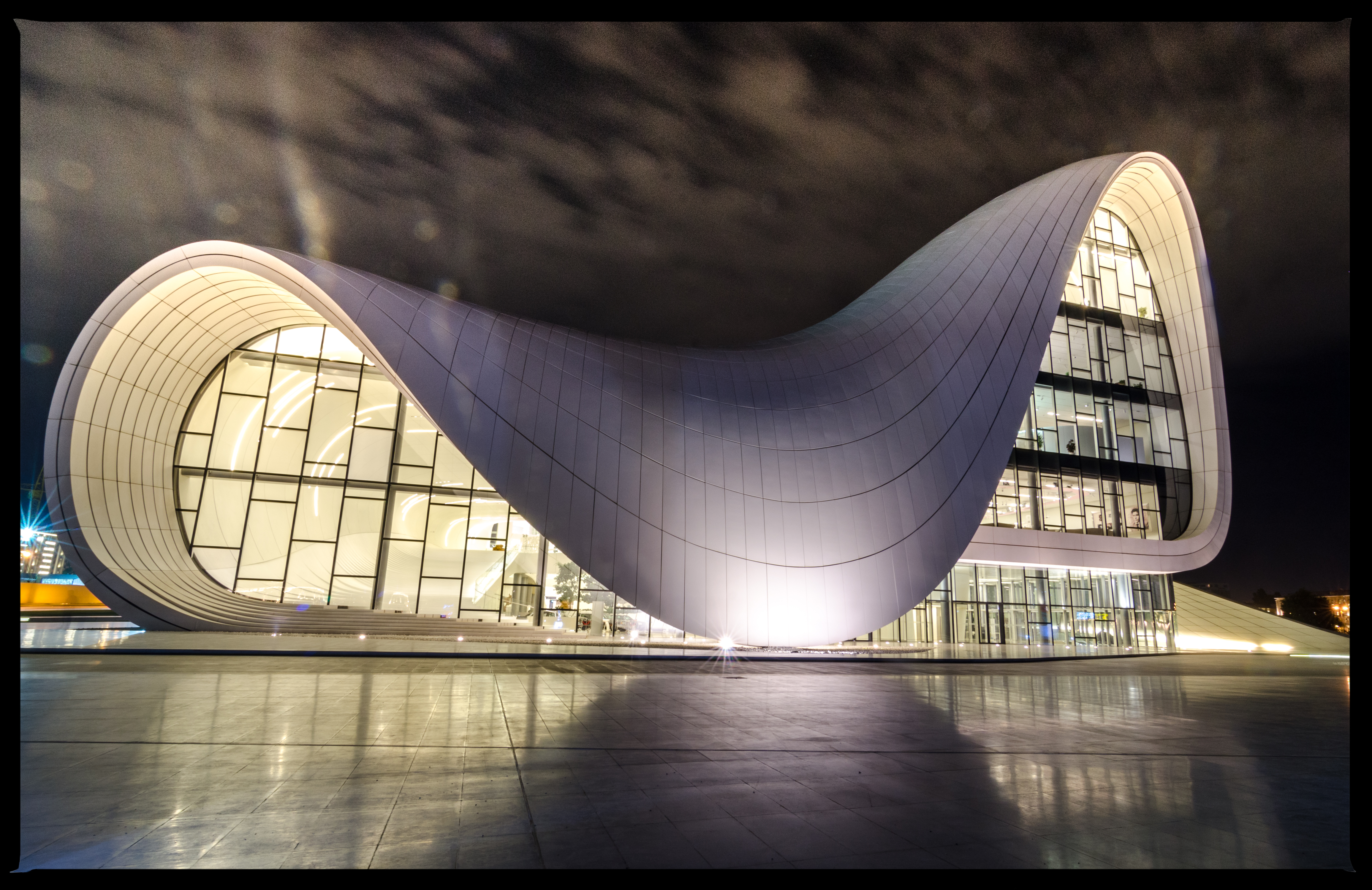
The Heydar Aliyev Center in Baku, Azerbaijan, is a stunning example of fluid architectural design. Created by the renowned architect Zaha Hadid, this cultural center is characterized by its sweeping curves and seamless lines, creating a sense of movement and dynamism. The building's design rejects the rigid geometry of traditional architecture, instead embracing a more organic form that reflects the natural landscape. The Heydar Aliyev Center is a celebration of modern design and innovation, showcasing the potential of architecture to create spaces that are both functional and aesthetically captivating. It is a testament to Zaha Hadid's visionary approach to architecture, challenging conventions and redefining design possibilities.
As we conclude this journey through architectural wonderlands, we are reminded of the limitless potential of human creativity and innovation. These 10 buildings, each unique in design and purpose, offer a glimpse into a future where architecture transcends traditional boundaries, embracing new forms and technologies. They challenge us to rethink our built environment, inspiring us to imagine a world where buildings are not just functional structures, but works of art that enhance our lives and connect us to something greater. The future of architecture lies in the hands of those who dare to dream, to imagine the impossible, and make it a reality. As we step into these architectural wonderlands, we are invited to envision a future where the extraordinary becomes the norm and where the possibilities are as limitless as our imagination.
